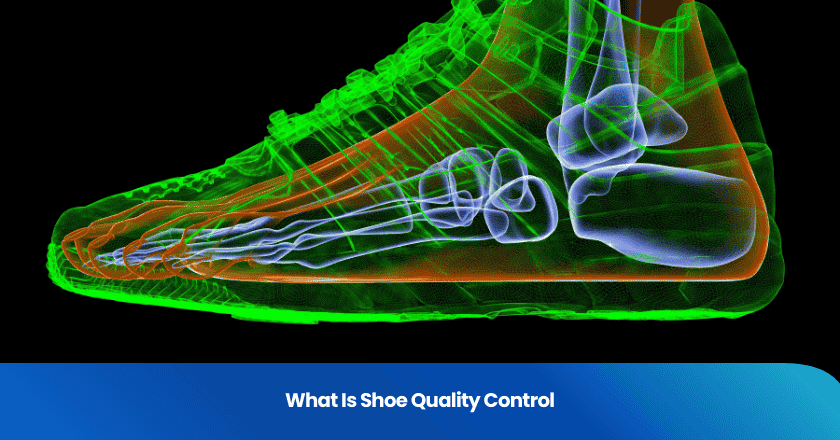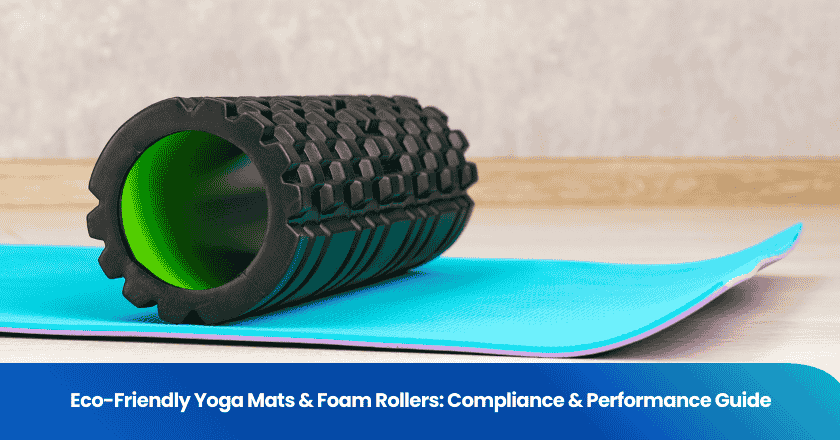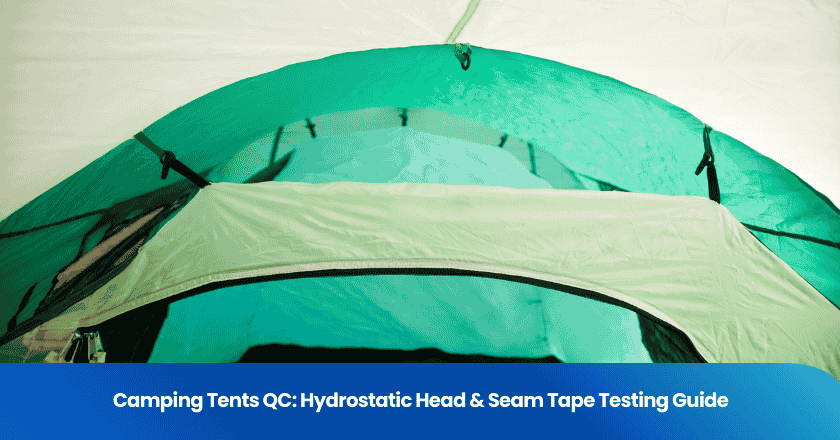
Shoe quality control refers to the systematic process you use to check if footwear meets specific standards before it reaches store shelves. This practice helps you reject defects and deliver reliable shoes to customers. You maintain oversight at every stage of shoes quality control, which leads to higher quality and better consumer satisfaction.
- Consistent inspections catch issues such as improper stitching or weak sole attachment.
- Proactive monitoring reduces return rates and builds trust in your products.
Key Takeaways
- Shoe quality control ensures footwear meets safety and durability standards, leading to reliable products for consumers.
- Consistent inspections during production catch defects early, reducing return rates and enhancing customer satisfaction.
- Manufacturers benefit from quality control by avoiding production delays and maintaining a strong brand reputation.
- Retailers and consumers enjoy fewer complaints and returns, fostering trust and loyalty in the products offered.
- Implementing advanced inspection methods and technology can significantly improve quality management in footwear production.
Why It Matters
For Manufacturers
You rely on shoes quality control to protect your production process and maintain high standards. When you neglect quality control, you face several consequences:
- Production delays occur when defects go unnoticed, disrupting your workflow and sometimes halting entire lines.
- Costs rise as you rework defective parts and implement corrective measures, which can reduce your profit margins.
- Product defects, such as shoes with structural weaknesses, damage customer satisfaction and your reputation.
- Customer trust erodes when you deliver defective footwear, leading to negative reviews and loss of business.
Quality control helps you avoid these issues. You ensure your products meet expectations for durability, comfort, and sustainability. High-quality shoes increase customer satisfaction and strengthen your brand perception. You benefit from reduced return rates, which supports your bottom line and keeps your operations running smoothly.
Tip: Consistent monitoring and inspection at every stage of production help you catch problems early and maintain quality standards.
For Retailers and Consumers
You depend on reliable footwear to meet your needs. Retailers want shoes that perform well and satisfy customers. Shoes quality control ensures that only products meeting strict standards reach store shelves. You experience fewer returns and complaints, which saves time and resources.
For consumers, quality control means you receive shoes that fit comfortably, last longer, and look as expected. You gain confidence in your purchases and trust the products you choose. Retailers build loyalty by offering footwear that consistently meets expectations.
Note: When you understand the importance of shoes quality control, you make informed decisions and appreciate the value behind every pair you buy.
Shoes Quality Control Steps
You play a crucial role in maintaining shoes quality control throughout the production process. Each step ensures that footwear meets strict standards before reaching consumers. You focus on several key areas during footwear inspection, including material checks, workmanship inspection, durability testing, and fit and comfort review.
Material Checks
You begin shoes quality control by examining the materials used in footwear. You inspect leather, textiles, rubber, and adhesives for consistency and defects. You look for color uniformity, texture, and strength. You reject materials with visible flaws, such as discoloration, tears, or uneven thickness. You also verify that suppliers meet your specifications and that materials comply with safety regulations.
Tip: Consistent material checks help you prevent defects early and maintain high quality throughout the production cycle.
You monitor the process by calibrating equipment and conducting batch reviews. You ensure that each batch of materials meets your standards before moving to the next stage.
Workmanship Inspection
You perform detailed workmanship inspection to guarantee the structural integrity and appearance of footwear. You check for visual defects, such as uneven seams, misaligned stitching, and poor bonding. High-quality stitching is vital for durability, appearance, and functionality. You assess the following points during inspection:
- Visual Inspection: You check seams for evenness, straightness, and absence of defects.
- Seam Strength Tests: You perform pull tests to assess seam durability.
- Common Defects: You identify issues like loose threads and skipped stitches.
You also examine bonding between soles and uppers. You look for gaps, weak adhesion, and signs of separation. You calibrate equipment regularly to maintain consistent results. Inline reviews help you catch defects early and reduce waste.
Durability Testing
You use durability testing to predict how footwear will perform in real-world conditions. You apply several standard tests to measure abrasion resistance, sole wear, and material aging.
The following table summarizes common durability tests:
| Test Method | Principle | Equipment | Operational Steps |
|---|---|---|---|
| DIN Abrasion Test (ISO 4649) | Measures abrasion volume/mass loss through friction with an abrasive wheel | DIN abrasion tester | Prepare standard samples, set wheel speed and load, and measure mass loss or calculate abrasion volume after testing. |
| Akron Abrasion Test (ISO 4662) | Measures revolutions for specified thickness/mass loss | Akron abrasion tester | Prepare test specimens, set rotational speed and load, and calculate wear amount or wear index after testing. |
| Walking Test (Field Test) | Manual and mechanical walking to observe sole wear | Gait simulator | Testers walk a distance on various surfaces, observing wear; mechanical tests simulate human walking forces. |
| Friction Coefficient Test | Measures friction coefficient and material loss during friction | Friction and wear testing machine | Evaluate balance between wear resistance and slip resistance during testing. |
| Hardness Testing | Correlates rubber hardness with abrasion resistance | Shore hardness tester | Measure hardness of sole material and analyze correlation with abrasion test results. |
| Accelerated Aging Test | Simulates long-term use/environmental aging effects | Aging chamber, UV aging tester | Compare performance changes before and after aging tests. |
| Test Result Analysis | Key indicators for abrasion resistance | N/A | Analyze abrasion volume and index against industry standards for sports and safety shoes. |
You analyze test results to determine if shoes meet industry benchmarks for durability. You consider how different user profiles affect shoe lifespan. For example, heavier runners experience faster wear compared to lightweight runners.
You use these insights to refine your production process and improve footwear quality.
Fit and Comfort Review
You conduct fit and comfort reviews to ensure footwear meets consumer expectations. You use wear trials and collect feedback from users in real-world environments. You focus on the following aspects:
- Consumer feedback provides authentic insights from users in their natural environments.
- Wear trials capture shoe performance over extended periods, revealing essential comfort and fit metrics.
- Real-world testing helps you understand which features matter to consumers and predict market success.
You analyze feedback to identify areas for improvement. You adjust design and production methods based on user experience. You ensure that shoes offer proper support, cushioning, and sizing. You prioritize comfort to increase customer satisfaction and reduce return rates.
Note: You maintain shoes quality control by monitoring each step, calibrating equipment, and reviewing batches regularly. You deliver footwear that meets high standards for quality, durability, and comfort.
Standards and Criteria
Industry Benchmarks
You rely on industry benchmarks to set the foundation for consistent shoe quality. These benchmarks help you identify defects, ensure safety, and meet customer expectations. Inspectors use tools like calipers and gauges to check measurements and spot flaws. You also focus on features that matter most to consumers.
You see global standards, such as those from ISO and ASTM, shaping the way you approach safety, environmental impact, and product performance. Countries with strong manufacturing traditions often use multi-stage inspections, which push you to improve your own processes.
Tip: Adopting advanced inspection tools and following global benchmarks can help you stay ahead in the competitive footwear market.
Regulatory Requirements
You must comply with strict regulations in major markets. These rules protect consumers and the environment. For example, the European Union and the United States both have specific requirements for labeling, substance restrictions, and environmental impact.
You also see new rules that require you to measure the environmental impact of your products. These rules encourage you to design shoes that last longer, use fewer resources, and are easier to repair.
Internal Guidelines
You develop internal guidelines to maintain high standards and meet buyer expectations. You start by gathering technical specifications and compliance documents. You list key criteria, such as visual appearance, function, and safety. You classify defects as critical, major, or minor. You set acceptable quality limits and outline testing procedures. You use photos of approved samples and known defects to guide your team. You review and update your checklist as designs change.
- Implement a strict inspection process.
- Select certified and compliant materials.
- Regularly update your standards to reflect new regulations and customer needs.
Note: By following clear internal guidelines, you ensure every pair of shoes meets your quality goals and satisfies your customers.
Common Challenges
Typical Issues
You encounter several quality control problems during footwear production. These issues can disrupt your workflow and affect product reliability. The most common quality control problems include defects in raw materials, inadequate finishing, and customer support issues. You often see tears, holes, or color variations in materials, which can compromise shoe durability and appearance. Poor finishing leads to uneven trimming and jagged edges, making shoes look unprofessional. Addressing customer complaints quickly is essential to maintain satisfaction.
You also face technical challenges like inconsistent sewing on variable thickness materials. Misaligned stitches, thread breakage, and skipped stitches occur when you do not adjust presser foot pressure correctly. Adhesive failure is another frequent problem, often caused by improper application or incompatible bonding agents. Early detection of weak stitching and poor bonding is crucial to prevent defects from spreading through the production line.
Tip: You can reduce these issues by implementing in-process quality control and monitoring each production stage closely.
Solutions
You have several proven strategies to overcome common quality control problems in footwear manufacturing. You use visual inspection to spot crooked seams, scuff marks, and asymmetry. Physical inspection ensures size accuracy and proper packaging. Metal detection helps you identify foreign objects and maintain safety standards.
You address adhesive failures by selecting the right bonding agents and controlling environmental factors like humidity and temperature. You standardize data collection from suppliers and develop key performance indicators that align with your business goals. Building strong relationships with suppliers helps you maintain consistent quality.
- Choose adhesives that match your materials to prevent delamination.
- Ensure even cuts and proper alignment during production.
- Monitor humidity and temperature to maintain product quality.
Technological advancements also support your efforts. You incorporate sensors to track production performance and identify bottlenecks. Automated packaging and warehouse systems improve efficiency and reduce manual errors, leading to better quality management.
Note: You can achieve higher standards by combining process monitoring, advanced inspection methods, and technology-driven solutions.
You see shoe quality control as a vital process that protects the integrity of your footwear. Quality control helps you deliver shoes that are reliable, comfortable, and durable. When you understand these steps, you make smarter choices and appreciate the effort behind every pair you wear.
Remember: Your awareness of shoe quality control empowers you to select products that meet your standards and needs.
FAQ
What is the main goal of shoe quality control?
You aim to ensure every pair of shoes meets strict standards for safety, durability, and comfort. Quality control helps you deliver reliable footwear to your customers.
How often should you inspect shoes during production?
You should inspect shoes at multiple stages. Early checks catch material defects. Final inspections confirm workmanship and fit. Regular monitoring keeps your production process consistent.
Which tests are most important for footwear durability?
You rely on abrasion resistance, sole wear, and accelerated aging tests. These methods help you predict how shoes will perform in real-world conditions and identify areas for improvement.
What happens if you find defects during inspection?
You remove defective shoes from the batch. You investigate the cause and adjust your process to prevent future issues. This approach protects your reputation and ensures customer satisfaction.
Grow your business with TradeAider Service
Click the button below to directly enter the TradeAider Service System. The simple steps from booking and payment to receiving reports are easy to operate.



